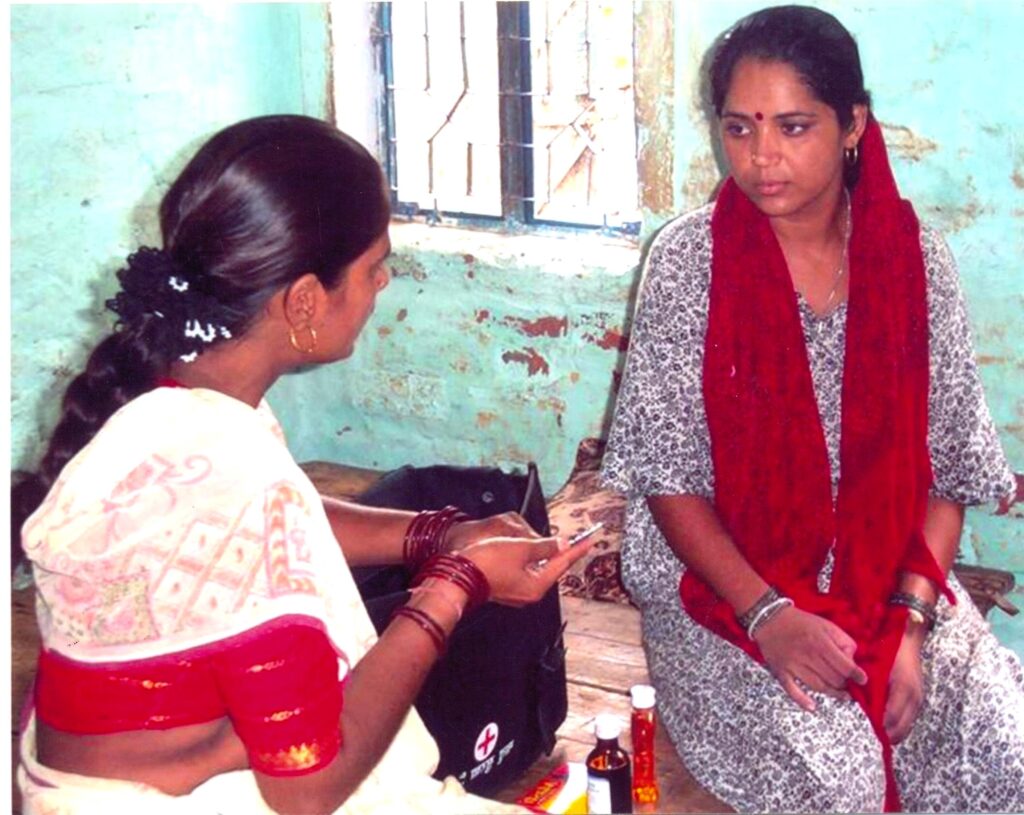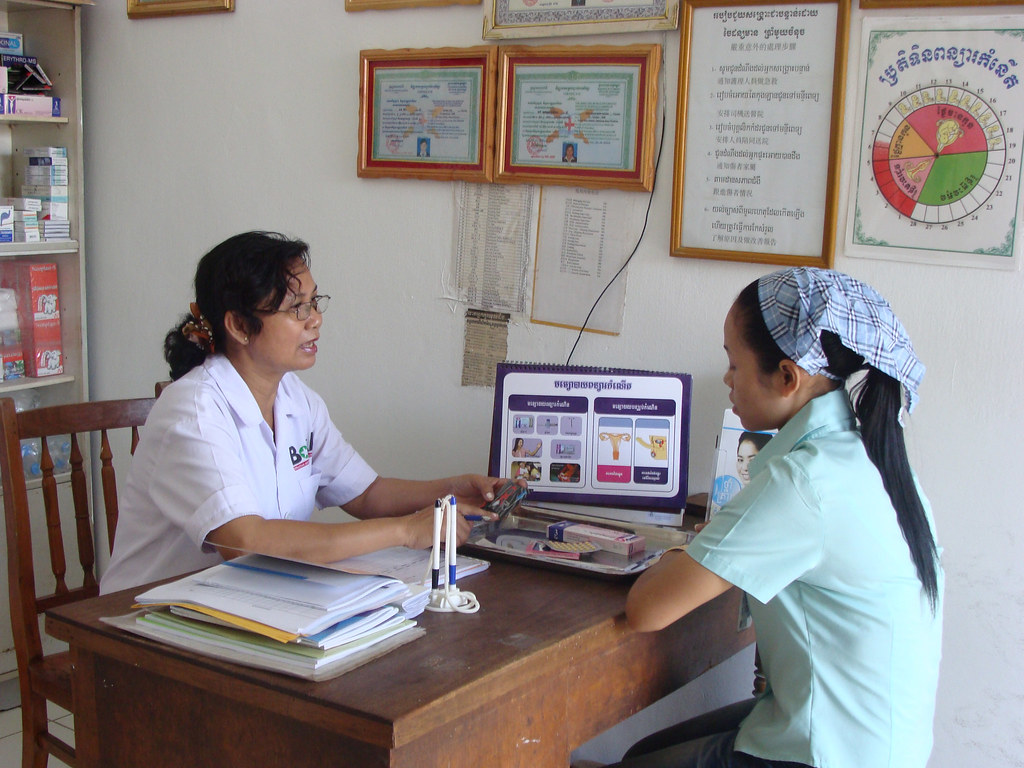Introduction
Demographics in Family Planning is a crucial aspect of community medicine as it helps to control population growth and improve overall health outcomes for individuals and communities. Demographics play a significant role in determining the need for family planning services and the approaches that should be taken to provide them.

Family planning
Family planning refers to the various methods and techniques that individuals and couples use to control the timing, frequency, and number of pregnancies. This includes the use of contraception, such as condoms, birth control pills, and intrauterine devices (IUDs), as well as natural family planning methods, such as the rhythm method. (Demographics in Family Planning)
Rad about Cerebral Palsy here !
The goal of family planning is to help individuals and couples achieve their desired number of children, while also promoting overall reproductive health and preventing unintended pregnancies. By giving individuals and couples the ability to control their fertility, family planning can also help to improve maternal and child health, reduce maternal mortality, and promote gender equality. (Demographics in Family Planning)

In addition to its health benefits, Demographics in Family Planning also has economic and social benefits. For example, it can help to reduce poverty by giving individuals and families the ability to plan for and invest in the education and future of their children. It can also help to promote gender equality by giving women greater control over their reproductive health and allowing them to participate more fully in the workforce.
Family planning services can be provided through a variety of settings, including clinics, hospitals, and community-based organizations. These services often include counseling, education, and access to a wide range of contraceptive methods.
It’s important to note that access to family planning services is not universal, and barriers to access exist for many individuals, particularly those from marginalized communities. In order to ensure that all individuals have access to the family planning services they need, it’s important to address these barriers, which may include poverty, lack of education, and discrimination.

In summary, family planning is an essential aspect of reproductive health that plays a crucial role in improving the health and well-being of individuals, families, and communities. By providing individuals and couples with the ability to control their fertility, family planning can help to improve maternal and child health, reduce maternal mortality, and promote gender equality. Demographics in Family Planning
Demographics
Demographics in family planning refer to the statistical characteristics of a population, such as age, gender, education level, and income. In the context of community medicine, demographics are used to identify populations that are at high risk for poor reproductive health outcomes, such as teenage pregnancies, unplanned pregnancies, and maternal mortality.

Demographics play a critical role in community medicine, as they provide a detailed understanding of the population that a community health program is serving. This understanding is crucial for the effective planning, delivery, and evaluation of health services and interventions.
Demographic information can include a wide range of characteristics, such as age, gender, race, ethnicity, education level, income, occupation, and migration status. By analyzing demographic data, community medicine professionals can identify patterns and trends that can inform program planning and evaluation.
For example, if a community has a large population of elderly individuals, there may be a need for programs that focus on fall prevention and chronic disease management. If a community has a high proportion of low-income families, there may be a need for programs that provide financial assistance for health care services. (Demographics in Family Planning)

Demographic information can also be used to identify health disparities and inequities within a community. For example, if a community has a high proportion of individuals from a particular ethnic group who have a higher risk of certain health conditions, targeted interventions may be needed to address these disparities.
Read about piriformis syndrome or buttock pain here !
In addition to its use in program planning and evaluation, demographic information is also used to track population health trends over time. This information can be used to identify changes in population health status, such as increases or decreases in certain health conditions or risk factors.
It’s important to note that Demographics in Family Planning collection should be conducted with respect for the privacy and confidentiality of individuals and communities, and that it should be analyzed and used in a way that promotes equity and does not perpetuate discrimination.
In summary, demographics play a critical role in community medicine, providing a detailed understanding of the population that a community health program is serving, and helping to identify patterns, trends and disparities that inform program planning and evaluation. Understanding and utilizing demographics information, while respecting privacy and confidentiality, is crucial for improving the health and well-being of communities.
One key demographic factor that is often considered in the planning of family planning services is age. Adolescents and young adults are at a higher risk for unintended pregnancies and sexually transmitted infections, and therefore require targeted interventions to promote healthy sexual behaviors and access to contraception.
Demographic factors in family planning :
There are several Demographics in Family Planning that are commonly considered in the planning and delivery of family planning services:

- Age: Adolescents and young adults are at a higher risk for unintended pregnancies and sexually transmitted infections, and therefore require targeted interventions to promote healthy sexual behaviors and access to contraception.
- Education level: Individuals with lower levels of education may have less access to information about reproductive health and may be less likely to use contraception. Therefore, community-based programs that provide education on reproductive health and contraception are often targeted to individuals with lower levels of education.
- Income: Individuals and families with lower incomes may have less access to healthcare services and may be less likely to use contraception. Community-based programs that provide low-cost or free contraception can help to reduce these disparities.
- Marital status: Unmarried individuals, especially women, may face social and cultural barriers to accessing family planning services and may require targeted interventions to overcome these barriers.
- Religion: Certain religious beliefs may influence an individual’s attitudes towards family planning and contraception. It’s important to consider this factor when providing family planning services in communities with diverse religious backgrounds.
- Ethnicity: Different ethnic groups may have different cultural beliefs, practices and norms regarding family planning, and therefore, culturally sensitive approaches are required to provide family planning services to diverse ethnic groups. (Demographics in Family Planning)
- Geography: Rural communities may have limited access to family planning services, and therefore, programs that provide outreach services to these communities may be necessary. (Demographics in Family Planning)
- Migration: Individuals who have migrated to a new area may face challenges in accessing family planning services, and therefore, targeted interventions may be required to ensure that these individuals have access to the services they need.
In summary, demographic factors play an important role in determining the need for family planning services and the approaches that should be taken to provide them. A comprehensive understanding of the demographic characteristics of a community is important for the effective planning, delivery and evaluation of family planning programs. (Demographics in Family Planning)

Another important Demographics in Family Planning is education level. Individuals with lower levels of education may have less access to information about reproductive health and may be less likely to use contraception. Therefore, community-based programs that provide education on reproductive health and contraception are often targeted to individuals with lower levels of education.
Read about Cervical pain here !
Income also plays a role in determining the need for family planning services. Individuals and families with lower incomes may have less access to healthcare services and may be less likely to use contraception. Community-based programs that provide low-cost or free contraception can help to reduce these disparities. (Demographics in Family Planning)
Summary
Overall, family planning is an essential aspect of community medicine, and demographic factors play a crucial role in determining the need for these services and the approaches that should be taken to provide them. Programs that are tailored to the specific needs of different demographic groups can help to improve reproductive health outcomes and reduce disparities in access to care.
Role of CBR team
The Community-Based Reproductive Health (CBR) team plays a crucial role in promoting and providing access to family planning services in a community setting. The team is responsible for raising awareness about the benefits of family planning, counseling individuals and couples on the various methods of contraception available, and providing education on how to properly use and maintain these methods. Additionally, the CBR team may also be responsible for distributing and administering family planning methods, such as birth control pills or condoms. (Demographics in Family Planning)

Overall, the goal of the CBR team is to empower individuals and families to make informed decisions about their reproductive health and to improve access to family planning services in the community.
The CBR team’s work is especially important in communities where access to healthcare may be limited or where cultural or societal attitudes may make it difficult for individuals to access family planning services. (Demographics in Family Planning)
Read about family planning by WHO here !
The team is typically made up of trained healthcare professionals and community leaders who have a deep understanding of the local culture and are able to effectively communicate with and educate members of the community. Additionally, the CBR team also works closely with other healthcare providers and organizations to ensure that individuals who need more specialized care, such as maternal health services or HIV/AIDS services, are able to access them.
The CBR team’s efforts can lead to a number of positive outcomes, including reducing maternal and infant mortality rates, decreasing the number of unintended pregnancies, and improving overall reproductive health outcomes. By providing access to family planning services and education, the CBR team helps individuals and families to plan and space their pregnancies, which can have a significant impact on their overall health and well-being. (Demographics in Family Planning)
